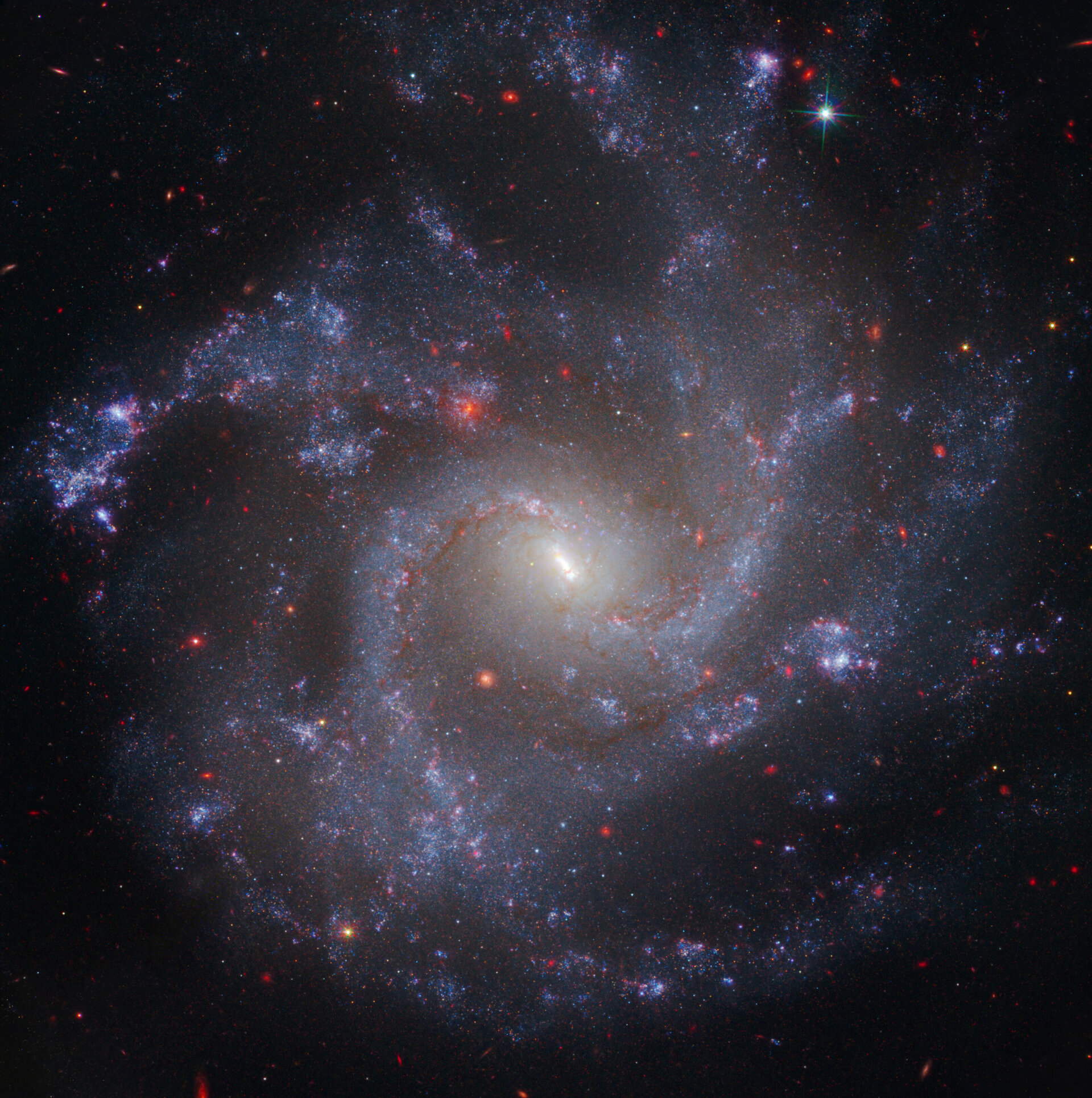James Webb and Hubble Telescopes Confirm Universe Expanding at Different Rates
NASA’s James Webb and Hubble Space Telescopes have confirmed that the universe is expanding at two different rates, deepening the mystery known as the 'Hubble tension' and challenging current cosmological models.

In a major development for cosmology, NASA announced on September 11, 2025, that the James Webb Space Telescope (JWST) has confirmed earlier findings from the Hubble Space Telescope: the universe is expanding at two distinct rates, depending on the measurement method. This persistent discrepancy, known as the 'Hubble tension,' has now been reinforced by the most advanced astronomical instruments available, raising fundamental questions about the nature of the cosmos.
The Hubble constant, which quantifies the universe’s expansion rate, is central to understanding its age and fate. Traditionally, astronomers have used two primary methods to determine this value. The first involves measuring the cosmic microwave background (CMB)—the afterglow of the Big Bang—yielding a rate of about 67 kilometers per second per megaparsec. The second relies on observing Cepheid variable stars and supernovae in relatively nearby galaxies, producing a higher value of approximately 74 kilometers per second per megaparsec. These two approaches should, in theory, converge on the same number, but they have stubbornly refused to do so for over a decade.
The latest JWST observations, conducted in collaboration with Hubble, have now confirmed the accuracy of the local measurements, ruling out several potential sources of error. According to NASA, Webb’s unprecedented infrared sensitivity allowed astronomers to peer deeper and with greater precision, verifying the distances to Cepheid stars and supporting Hubble’s earlier results. This means the discrepancy is not due to instrument limitations or data processing errors, but likely points to new physics or unknown aspects of the universe.
Local and international experts have described the situation as a 'cosmic crisis.' As one regional science outlet put it, 'Thanks to the James Webb and Hubble telescopes, we’re possibly on the edge of the next great revolution in physics.' The confirmation of the Hubble tension by two independent, state-of-the-art observatories has shifted the debate from whether the tension is real to what could be causing it. Theories range from the influence of dark energy or exotic particles to the possibility that our understanding of gravity itself may need revision.
NASA’s official communications emphasize that this is not a failure of science, but rather an opportunity. 'A disagreement in data isn’t a failure. In science, it’s actually the spark that leads to progress,' NASA stated. The agency has called for further observations and theoretical work to resolve the tension, with the hope that the answer could unlock new realms of physics.
The implications of this finding are profound. If the Hubble tension is ultimately explained by new physics, it could reshape our understanding of the universe’s origin, composition, and ultimate destiny. For now, the scientific community is left with a tantalizing mystery—and the promise that the next breakthrough may be just around the corner.